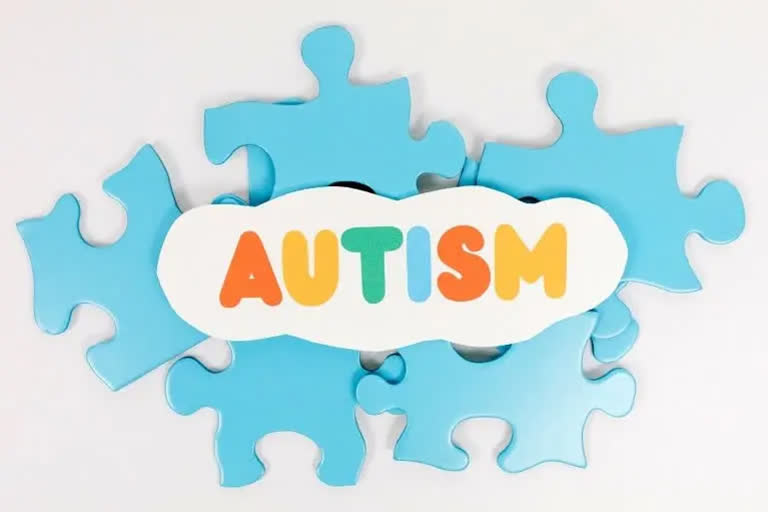New Haven [Connecticut]: Making eye contact with others is difficult for people with Autism Spectrum Disorder (ASD) in normal situations. Despite the fact that eye contact is a crucial component of everyday interactions, the difficulty of simultaneously scanning the brains of two individuals has prevented scientists from researching the neurological underpinnings of live social interaction involving eye contact in ASD.
However, using an innovative technology that enables imaging of two individuals during live and natural conditions, Yale researchers have identified specific brain areas in the dorsal parietal region of the brain associated with the social symptomatology of autism. The study found that these neural responses to live face and eye-contact may provide a biomarker for the diagnosis of ASD as well as provide a test of the efficacy of treatments for autism. The findings of the study were published in the journal PLOS ONE.
"Our brains are hungry for information about other people, and we need to understand how these social mechanisms operate in the context of a real and interactive world in both typically developed individuals as well as individuals with ASD," said co-corresponding author Joy Hirsch, Elizabeth Mears and House Jameson Professor of Psychiatry, Comparative Medicine, and of Neuroscience at Yale.
Also read: Myositis, the rare condition actor Samantha is battling with
The Yale team, led by Hirsch and James McPartland, Harris Professor at the Yale Child Study Center, analyzed brain activity during brief social interactions between pairs of adults - each including a typical participant and one with ASD - using functional near-infrared spectroscopy, a non-invasive optical neuroimaging method. Both participants were fitted with caps with many sensors that emitted light into the brain and also recorded changes in light signals with information about brain activity during face gaze and eye-to-eye contact.
The investigators found that during eye contact, participants with ASD had significantly reduced activity in a brain region called the dorsal parietal cortex compared to those without ASD. Further, the more severe the overall social symptoms of ASD as measured by ADOS (Autism Diagnostic Observation Schedule, 2nd Edition) scores, the less activity was observed in this brain region.
Neural activity in these regions was synchronous between typical participants during real eye-to-eye contact but not during gaze at a video face. This typical increase in neural coupling was not observed in ASD, and is consistent with the difficulties in social interactions. "We now not only have a better understanding of the neurobiology of autism and social differences, but also of the underlying neural mechanisms that drive typical social connections," Hirsch said. (ANI)
(This story has not been edited by ETV Bharat and is auto-generated from a syndicated feed.)



